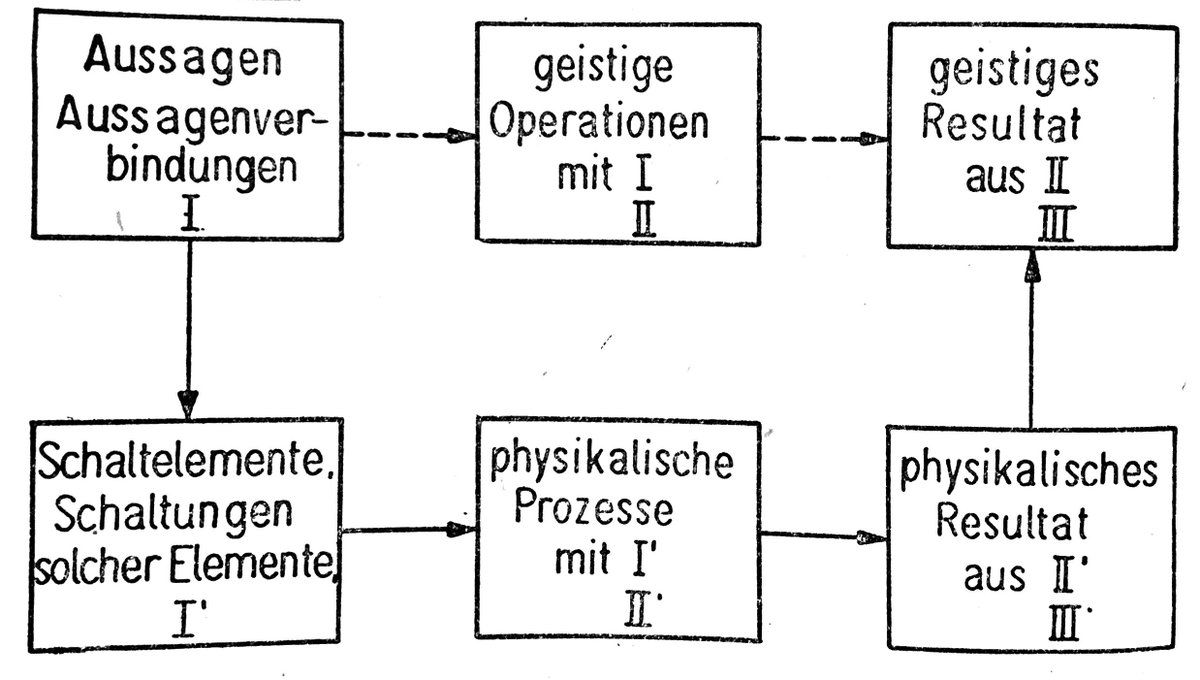It’s good people increasingly realize the importance of models. (Thread) ¹⁄₁₇
However, two important issues seem to be commonly overlooked: ① the modeling relation has not just two arguments (original, model) but three: original, model, and modeler. ²⁄₁₇
As Leo Apostel (1961) put it: “any subject using a system A that is neither directly nor indirectly interacting with a system B to obtain information about the system B, is using A as a model for B.” ³⁄₁₇
This is also reflected by Stachowiak’s (1973) “pragmatischem Merkmal”: “Modelle sind nicht nur Modelle *von etwas*. Sie sind auch Modelle *für jemanden*, einen Menschen oder einen *künstlichen* Modellbenutzer.” ⁴⁄₁₇
Stachowiak also stresses that a model serves a particular *purpose* (during a particular time interval). ⁵⁄₁₇
“Eine pragmatisch vollständige Bestimmung des Modellbegriffs hat nicht nur die Frage zu berücksichtigen, *wovon* etwas Modell ist, sondern auch, *für wen*, *wann* und *wozu* bezüglich seiner je spezifischen Funktionen es Modell ist.” ⁶⁄₁₇
② Modeling generally takes place within a particular framework that supplies the “building blocks” for constructing models. This seems to be something that’s even more rarely discussed, even though the choice of framework is critical. ⁷⁄₁₇
It predetermines many important characteristics of the resulting model, such as what attributes can be mapped at all, as well as the abundant attributes (i.e., those that only exist in the model). ⁸⁄₁₇
In computing contexts, the modeling framework seems to be usually taken for granted: you just use something that seems to be “a good fit.” ⁹⁄₁₇
This is a good example: #issuecomment-612158254">https://github.com/DP-3T/documents/issues/41 #issuecomment-612158254">https://github.com/DP-3T/doc... h/t @claudioluck ¹⁰⁄₁₇
My point is not this particular issue (and whether it’s actually problematic or not), but rather the fact there’s generally very little discussion on the choice of modeling framework. ¹¹⁄₁₇
First, infection distance—which is very complex—is first modeled (and thus simplified) as spatial distance. ¹²⁄₁₇
Then, spatial distance is modeled as radio distance, specifically Bluetooth Low Energy (BLE). BLE is chosen because it’s built into smartphones, but one needs to recognize that as a modeling framework it comes with a lot of assumptions. ¹³⁄₁₇
In principle, you could also imagine using, say, infrared to model spatial distance. The model would be quite different, e.g., radio works through walls whereas infrared may not, etc. ¹⁴⁄₁₇
It’s easy to get hung up on technical details and to overlook *what* you model, *for whom*, *when*, and *for what purpose*. It’s easy to forget what you really want to model. ¹⁵⁄₁₇
There is no “one correct model.” That’s why it’s so important to make your assumptions and the assumptions of your modeling framework explicit. ¹⁶⁄₁₇

 Read on Twitter
Read on Twitter


